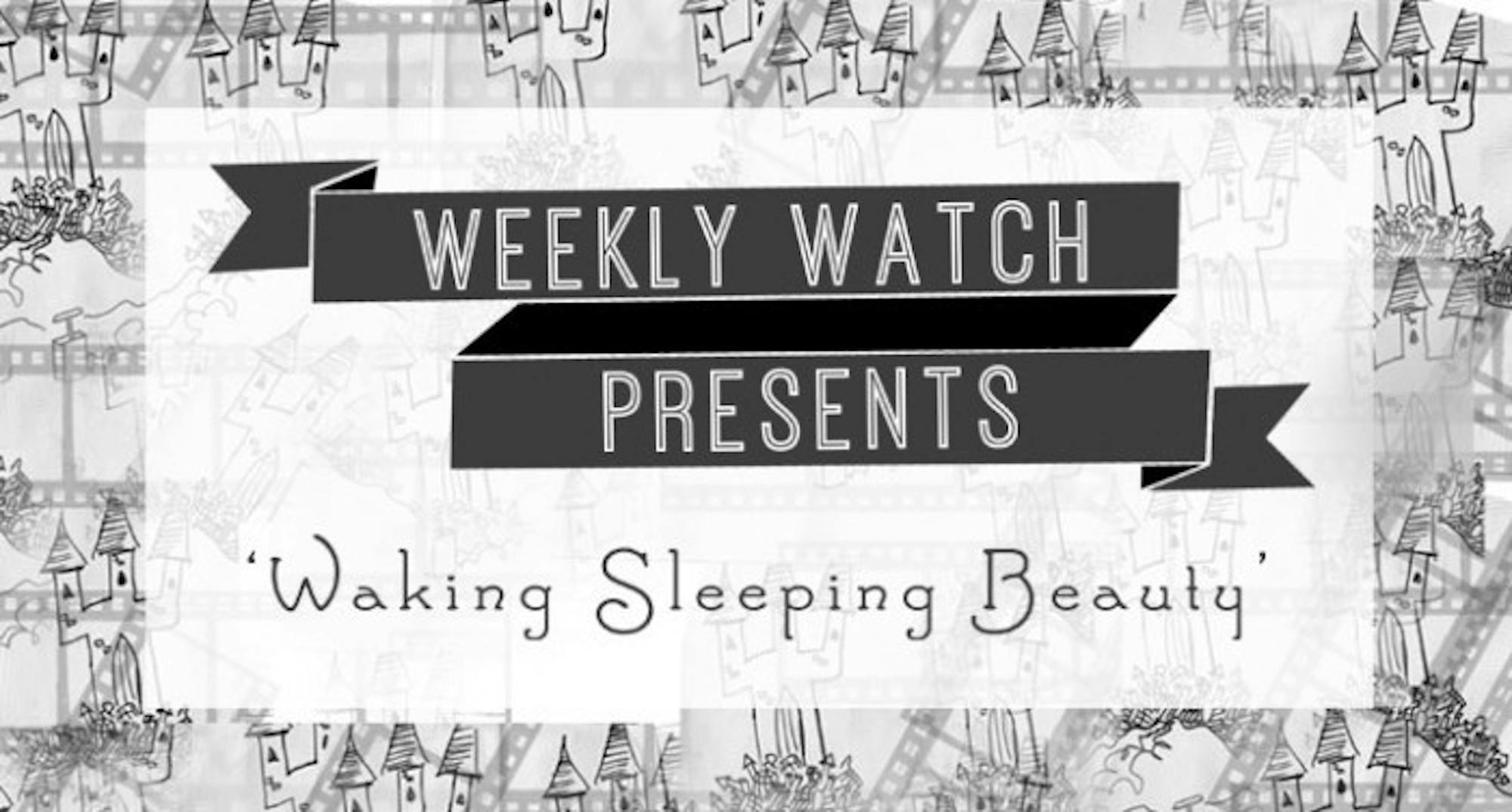
Ever seen "The Black Cauldron"? How about "The Great Mouse Detective"? No? How have you never seen "The Great Mouse Detective”?
That's alright. You were probably too busy running your VHS player raged re-watching "The Little Mermaid."
The truth is you are in good company when it comes to familiarity with the two former films mentioned. They were of an extremely rare and unusual species of animated film releases. Not only were they flops at the box-office — they were flops tagged to the Walt Disney Animation Studios.
As Disney film producer Don Hahn narrates in the brilliant Stone Circle Picture documentary, “Waking Sleeping Beauty,” the company once responsible for annual Oscar sweeps and acclaimed critical reviews of the most groundbreaking methods of storytelling was suddenly being beaten out by Care Bear movies in the mid-1980s.
“That day,” Hahn narrates, “Disney hit rock bottom.”
The Disney empire’s 87-year history always plays out as an incomplete epic, continuously fluctuating in style and experimentation with new influences, leaders and imaginations. The highest of highs for the company was, for many years, the release of “Mary Poppins” in 1964. The lowest low occurred just two years later with the death of the man, the myth, the maestro: Walt Disney himself.
Life at the Walt Disney Company thereafter was a blind struggle to redefine and maintain Disney's brand of unbridled entertainment while wandering (almost aimlessly) without that firm hand of leadership. Two decades passed as many Disney veterans died off or retired from what seemed to be a wilting art form.
Most of Disney’s original animation team, including the “Nine Old Men,” continued to make safe, family-friendly animated films such as “Aristocats” and “101 Dalmatians.” However, “Waking Sleeping Beauty” tells, a silent and deadly scent of predictability and uncertainty about these “safe” flicks leaked into the minds of Disney’s animators. It appeared that the company was losing that signature breath of spontaneity that set it apart from competing animations companies.
As the Walt Disney Company discovered in the early-to-mid-80s, the best way to wake up Sleeping Beauty was to hire a new prince. In this case, the knight in shining armor was a different breed of storyteller. Company shareholders Sid Bass and Roy E. Disney, Walt’s nephew, brought in Michael Eisner formerly of Paramount Pictures as CEO and chairman of the board with former Warner Brothers chief Frank Wells as president to replace Ron W. Miller in 1984.
A former colleague of Eisner’s from Paramount, Jeffrey Katzenberg, was brought aboard not as an animator but as a businessman with a background in politics to take charge of Disney’s motion picture division. While supervising the production of “The Black Cauldron,” Katzenberg is credited with saying, “We need to wake up Sleeping Beauty.”
The imagery in that statement perfectly captures what the company desperately needed at that point in its gradual ascent to a Disney renaissance.
It took several inconsequential animated films to reach "a whole new world" for Disney, an uncharted and revived peak of innovation in the animation industry. The Walt Disney Company slowly regained its footing with new executives, hirings, firings and plans to release one film a year beginning in 1988 with “Oliver and Company.” The beloved “The Little Mermaid” followed in 1989.
Outside of animation, Disney experimented in what was considered practically sacrilegious: re-releasing “Pinocchio,” one of their coveted classics housed in the “Disney vault,” on VHS tapes. It was a gold mine, marking the beginning of a decades-long marketing campaign profiting from similar VHS re-releases of Disney animated classics.
The live action pictures, the collaborations, the new theme parks and the capitalization of the classic home video release boosted Disney’s brand, but animation, Disney’s hallmark, still felt like the company’s stepchild. Where was the future of Disney going?
The birth of what is now referred to as the “Disney Renaissance” is a fascinating study in itself, but where “Waking Sleeping Beauty” triumphs above other recounts of Disney’s more recent history is its flavor of personal reflection. Within the first few minutes, we are shown a vintage home video featuring an ensemble of young, hungry animators walking us through the old animation building in Burbank, California.
The man filming it pipes in during introductions, “I’m John Lasseter!” The camera then turns to introduce a quiet, boyish looking man named Tim Burton. Glen Keane, Roger Allers and Ron Clements also welcome the camera and its future viewers to watch them at work.
Not once do we see these great figures in Disney storytelling speak directly to the camera against a neutral backdrop. All of the film’s footage is collected from old news segments, interviews, television appearances and, yes, home videos.
This story is an extensive one destined to be retold through the eyes of researchers and second-hand sources. If for anything else beyond pure curiosity into a company resurrected from creative gridlock, consider experiencing the emotional magic carpet ride the ultimate entertainment comeback team rode all the way through the creation of a new era of beloved characters.
Weekly Watch: 'Waking Sleeping Beauty'
Keri O'Mara
Keri O'Mara









